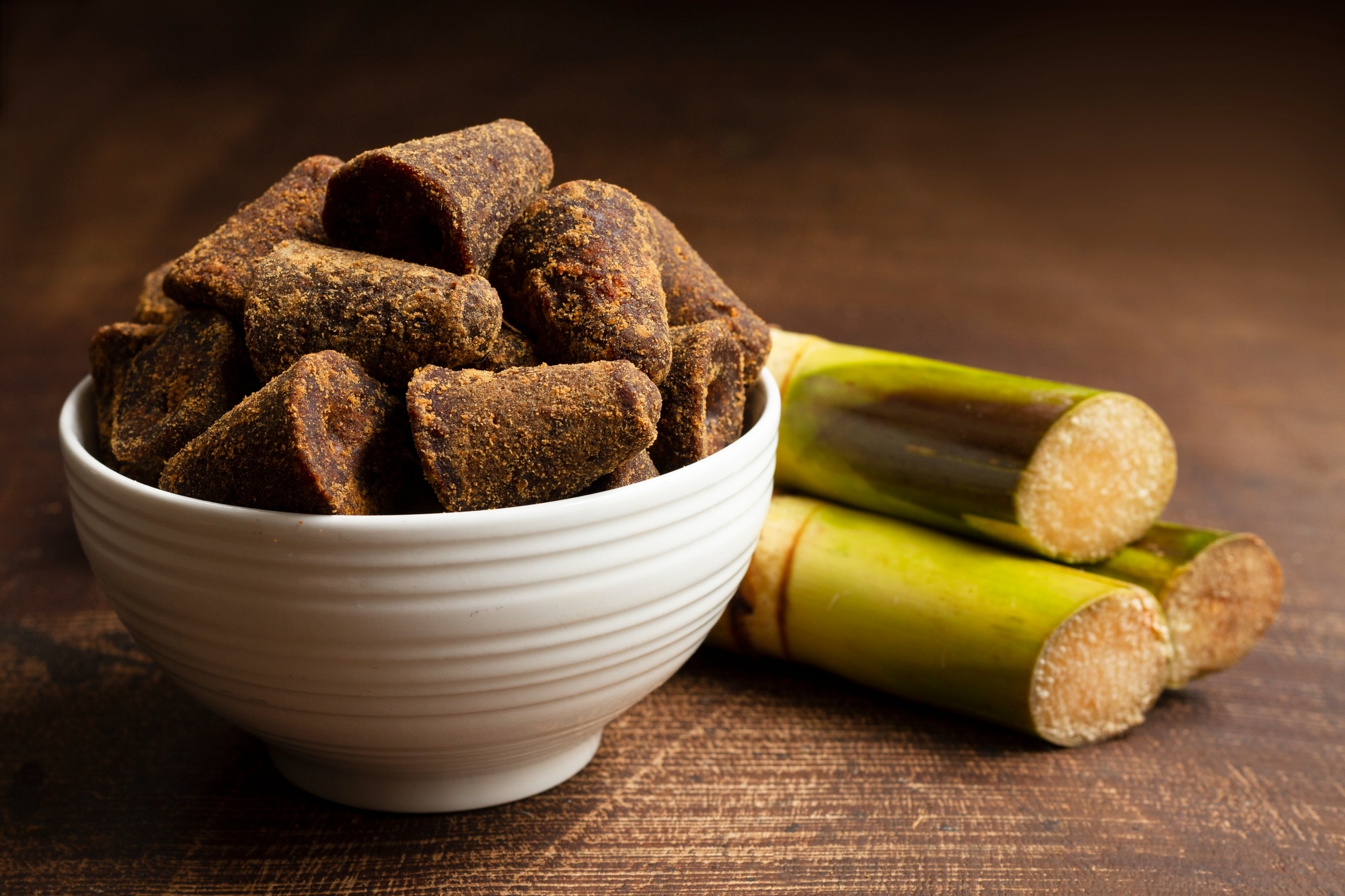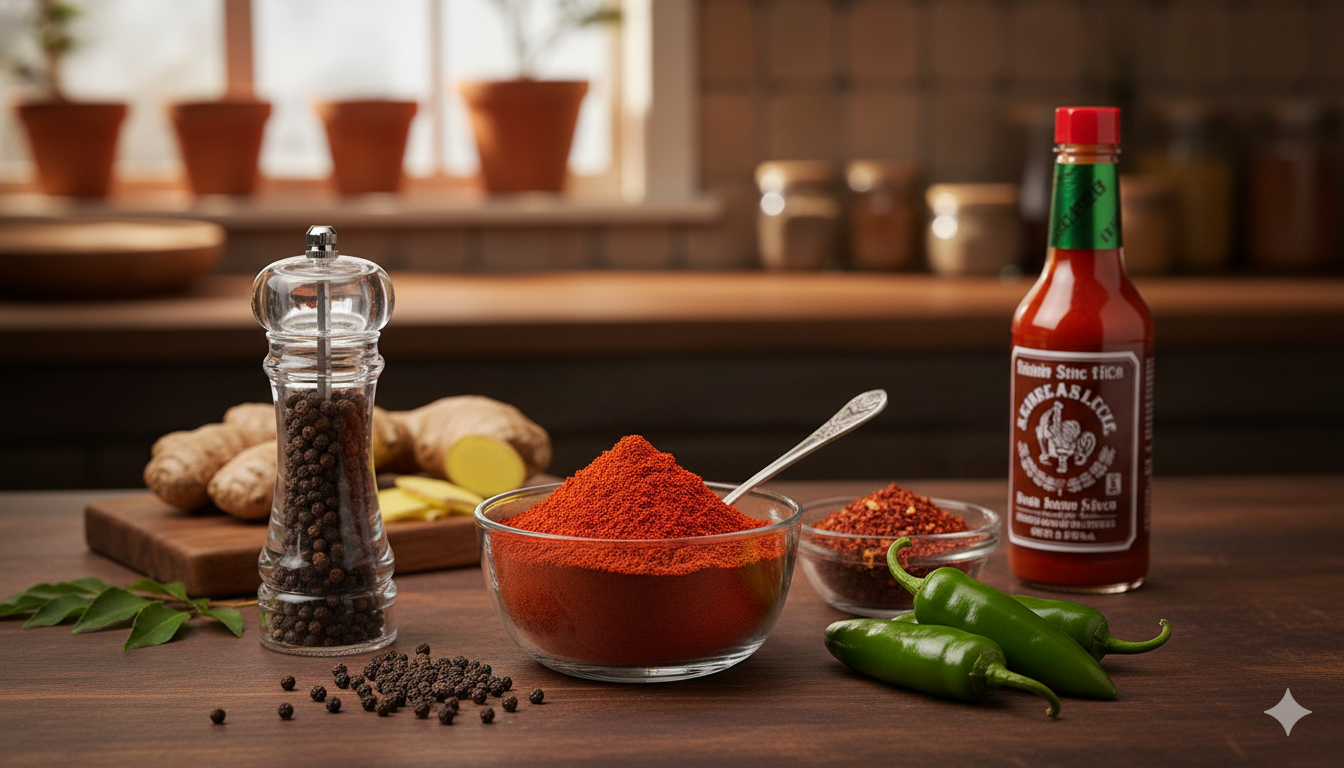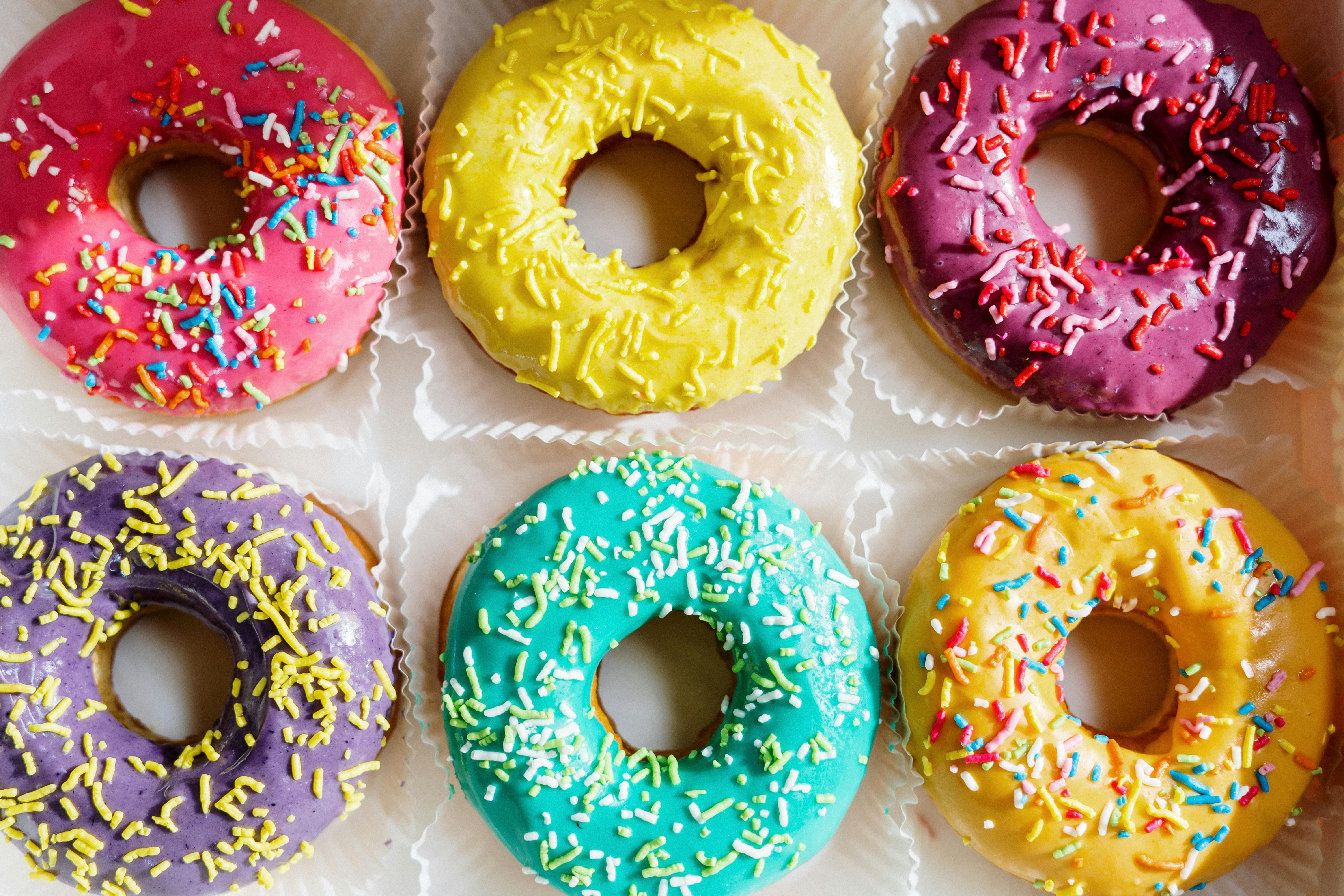Ek glass doodh - While growing up, this seemed to be my mother's most popular go-to remedy. She believed that milk could cure everything - fever, weakness, headache and even heart burn. She insisted that since we were lucky enough to be able to afford milk (exaggerations of a Punjabi mother) we ought to drink it not once, but twice a day.
A tall glass of fresh milk (full cream, toned or double toned) would help me grow taller and stronger, she said. I turned out to be neither of the two. It would meet all of my protein needs and help me power through the day, she said. I swapped milk for coffee with soya milk when I was 18 and I've managed just fine! So there's no actual proof that milk did anything for me. Except, I inevitably chose to believe it did. Till I started to work as a food writer, that is.
A week ago, I attended Meenu Nageshwaran's plant-based cooking workshop. Meenu Nageshwaran is a plant-based chef, founder and owner of 'Praana Kitchen'. She believes that everything you eat counts. So if you were to follow a healthy diet with whole grains, nuts, fresh fruits and vegetables, and give up dairy and all dairy-based products, then you could be disease-free for life.
She added, "What you eat manifests in you after 15 to 20 years. So eating a lot of processed, unhealthy food is what could trigger any of the following lifestyle diseases - obesity, diabetes, high cholesterol, heart problems or hypertension." When I asked her if milk was a necessity she said, "It isn't natural for people to consume milk post infancy. It's just what you've been told all these years and it's good for us because we've adapted to it. I know mothers who feed their children with milk despite knowing that they might be lactose intolerant. That stems from ignorance or the inability to accept that there are other alternatives to cow's milk."
A case in point would be Meenu Nageshwaran's own story - "I was diagnosed with diabetes a few years ago but I immediately decided not to start any kind of medication. I made an immediate change to my lifestyle. I turned vegan and with a combination of pranic healing, naturopathy, ayurveda and exercise, I made immediate lifestyle changes to improve my health. Today my insulin is completely corrected and I'm a much happier, healthier person."
She added, "It's a myth that you need dairy and dairy-based products for all your vitamin and mineral needs. After the age of three, you don't need milk to do anything. You calcium needs can easily be met through food products in your diet."
What Role Do Dairy Products Play in Popular Diets
According to the book Whole Foods by Nicola Graimes, "Most health experts, researchers and nutritionists define an ideal diet as one that is rich in fruits and vegetables, whole grains, nuts and seeds and include moderate quantities of dairy products."
The DASH diet, which was named the 'best overall diet' five years in a row also excludes milk and milk-based products. DASH stands for 'Dietary Approaches to Stop Hypertension' and is a low salt/low sodium diet which includes high intake of fruits and vegetables, low-fat and non-fat dairy products and a lot of whole grains. It's a high fiber diet that includes food with low to moderate levels of fat. It's rich in potassium, calcium and magnesium.
The Mediterranean diet typically includes unsaturated fats found in olive oil, nuts and avocados, along with vegetables like spinach, celery and carrots that are rich in nitrites and nitrates.
What's common between the three diets is that while all the three diets advocate low-fat dairy products in moderate quantities, they don't emphasize on them. Other elements of the diets matter more. So far, we have almost no knowledge that dairy and dairy products improve or impact the effectiveness of these popular diets.
Alternative Sources of Milk
Meenu explained how everything you eat manifests in you 20 years later. So today, if you're eating processed food or food that's been contaminated with antibiotics or pesticides, then you're more likely to fall prey to lifestyle diseases like obesity, diabetes and hypertension. She claimed that you can't be sure of how healthy the animal is from where you're getting your milk that you could drink raw or use to make milk-based products. So it's best to avoid them.
But while you might gladly wave goodbye to raw milk, you might find it hard to say bye to milk-based products like cheese, mayonnaise, yogurt, kadhi etc. But Meenu beams with optimism and adds, "It's like yin and yang. There will always be alternate theories and you need to pick the one that suits your body best."
If you don't drink milk, you could drink soya milk, coconut milk or almond milk. You can make these at home in just a few minutes.
All recipes are by Chef Meenu Nageshwaran
Soya Milk
Home-made soya milk has a nutty flavour and is easy to make. Besides being easy, you can also control the texture and sweetness of the milk you are making at home. It is a good milk substitute for anyone that is lactose intolerant. It is also an easy and delicious substitute for vegans and vegetarians, since it is a plant-based food and does not include any dairy.
Soy is a complete protein, which is for a plant-based food. It is high in protein and relatively low in fat compared to dairy milk. It also has no cholesterol, for people with the health issues that need to watch those numbers. Soy contains isoflvones, which have been shown in some cases to reduce 'bad cholesterol'. it does not, however, have B vitamins or calcium.
Ingredients:
1 cup soyabean, makes about 1 litre milk
Method:
1. Soak beans overnight in a large bowl (12 hours is ideal for creamy consistency)
2. The next day, discard any beans that have not softened or expanded.
3. Rinse beans and discard loose skin.
4. Re-soak for another 12 hours.
5. Put beans and 2 to 3 cups of water in a blender.
6. Puree until smooth, adding more water as necessary.
7. Strain milk and pulp through nut milk bag/a sieve lined with a cheese cloth few times, pressing the beans to remove milk.
8. Put soya milk and 2-3 cups of water in a pot and bring to boil. Stir and skim foam.
9. Simmer, stirring occasionally, for about 20 minutes
10. Add more water if required.
11. Add jaggery/raw sugar to taste. If you like vanilla, you can add that as well
12. Chill the milk and store in the refrigerator for unto 2-3 days
Almond Milk
Almond milk is usually made from ground almonds. Unlike regular milk, almond milk contains no cholesterol or lactose and can be used a substitute for animal's milk in many recipes. Almonds are high on protein and vitamin E, which is considered a powerful antioxidant and has cancer-fighting qualities.
Ingredients:
1 cup organic raw almonds soaked for 8-12 hours
4 cups of purified water
(It is important to choose the best quality almonds in order to yield the healthiest richest tasting milk, and it is also very important to soak your almonds to increase enzyme activity, greater absorption of the food's nutrients by the body and increase digestibility.)
Method:
1. Place the raw almonds in a glass bowl or large jar, and cover with filtered water for 8 hours or more. Cover with lid.
2. Rinse the nuts several times to remove any of the anti-nutrients and enzyme inhibitors. If soaking for more than 8 hours, make sure you rinse and soak a few times. Any nuts that float to the top have probably gone rancid, so discard them to be safe.
3. You can remove the almond skins, which results in a lighter-coloured milk and also removes a slightly bitter flavour. Simply pour boiling water over the almonds and let them sit for five minutes. Drain. Skins should peel off easily.
4. Put almonds and water in a powerful blender and start blending at low speed. Blend them with less water for 1 - 2 minutes in the beginning, so they become a really smooth paste.
5. Now add the remaining water. Blend everything together for another 2-3 minutes, until it is completely smooth and frothy. You can drink this without straining if you like rustic whole milk. This is the way I drink and use it. But blend thoroughly and then strain for a smoother, creamier product.
6. You could use a fine mesh strainer or place 3 or 4 layers of fine mesh cloth over a metal strainer set over a bowl,jar or jug. The strainer or a single layer of mesh cloth wouldn't strain the almond milk well enough, since it's so well- blended. Pour small amounts of the almond milk the almond milk through the strainer into the bowl. You might have to do this part in batches, depending on the size of your strainer and bowl/jar/jug. Use a spoon or spatula to press down on the strainer and move the solids around, to help the almond milk through the mesh cloth.
7. Once most of the milk has passed through the strainer, gather up the mesh cloth and gently squeeze it to remove excess liquid. Make sure you squeeze the cloth to get the last bit of liquid out. This is the creamiest yummiest bit of the milk so don't miss out on that!
8. You'll be left with really fine almond meal inside the mesh cloth. You can discard it, or you can dry it out in a very low oven and use it in place of almond flour in baking recipes! It will keep for about 2 days, possibly 3 days in a very cold fridge.
Coconut Milk
Ingredients:
1 cup grated coconut, use a fresh and big one
1 cup warm water
Method:
1. Fill the mixer half way with grated coconut.
2. Add 1/2 cup of warm water and grind.
3. Sieve the mixture through a sieve with a slightly large mesh or use a nut milk bag.
4. Squeeze the substance well with a spoon or with your hands to take out the milk.
5. Save the fiber. Once all the milk is extracted, repeat the procedure with the fiber and little eater to extract the remaining milk.
Peanut and Brown Rice Yogurt
Ingredients:
1/2 cup raw whole brown rice, soaked for 8 hours in water
1/2 cup raw peanuts, soaked for 8 hours in water
Chillies to use as starter
Method:
1. Throw away the water used for soaking.
2. Now take fresh water for each, blend separately in a blender.
3. Water quantity can be 4 to 5 times the quantity of what you currently have. If you take less water you'll get thicker milk. So strain and blend thrice to get the perfect consistency for milk. For rice you can use less water.
4. Boil the peanut milk on low flame. Gradually, add rice milk, one spoonful at a time and stir gently. Boil this for about 10 minutes till the milk thickens.
5. This will make about 1 litres of milk. Let it cool to lukewarm level. Now it is ready for adding the culture.
6. Add 5-6 tops of green chillies as starter.
7. Leave it outside for 8 hours or so in hot climate and 12 to 15 hours in colder climate.
8. For the next batch of curd, use the culture from this batch.
9. It can be stored for about a week in the fridge.












